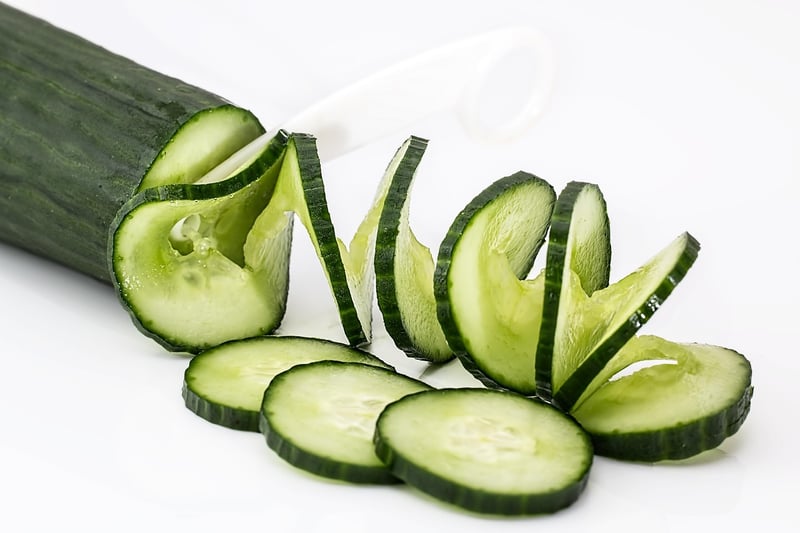Palate Harmony
Balancing Diverse Flavors Harmoniously

Creating a dish with diverse flavors can be a culinary adventure, but achieving harmony among these flavors is an art that elevates the dining experience. Whether you're a seasoned chef or a passionate home cook, understanding how to balance different tastes is key to creating a delicious and well-rounded meal.
Understanding Palate Harmony
Palate harmony refers to the delicate balance of flavors - sweet, salty, sour, bitter, and umami - in a dish. When these tastes are combined in the right proportions, they not only complement each other but also create a symphony of flavors that tantalize the taste buds.
Key Principles of Palate Harmony:
- Contrast: Combining contrasting flavors such as sweet and salty can create a dynamic taste profile.
- Complement: Pairing flavors that enhance each other, like acidity cutting through richness, can create a well-balanced dish.
- Layering: Building flavors in layers by adding ingredients at different stages of cooking can create depth and complexity.
- Balancing: Adjusting the levels of each taste component to ensure no single flavor overpowers the others.
Tips for Balancing Diverse Flavors:
- Start with a basic understanding of flavor profiles and how different ingredients interact.
- Use fresh herbs and spices to add complexity and depth to your dishes.
- Experiment with different cooking techniques to bring out the best in each ingredient.
- Don't be afraid to taste as you go and make adjustments to achieve the desired balance.
- Consider the texture of the dish along with its flavors to create a well-rounded eating experience.
Mastering the art of balancing diverse flavors harmoniously takes practice, but the rewards are well worth the effort. So, next time you step into the kitchen, embrace the challenge of creating a symphony of tastes that will delight and impress your guests.

Remember, a well-balanced dish not only pleases the palate but also feeds the soul.
